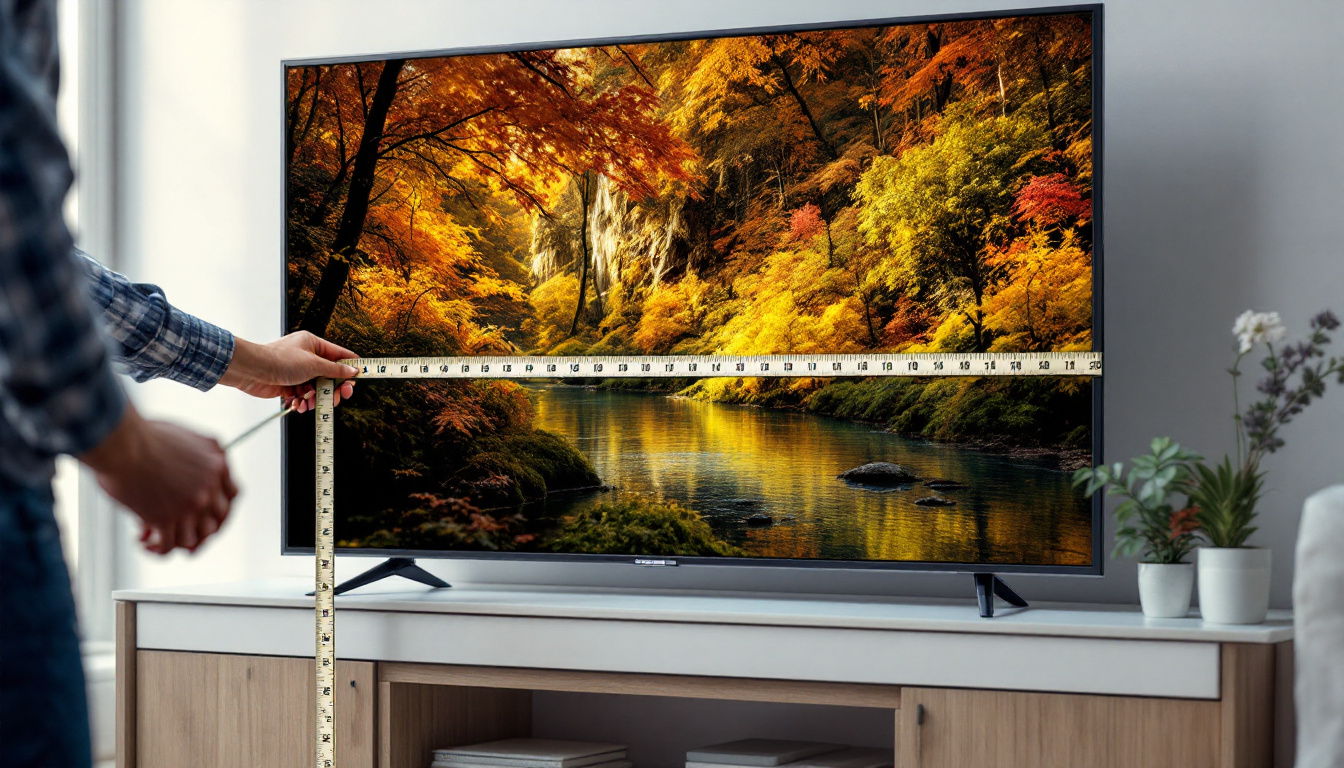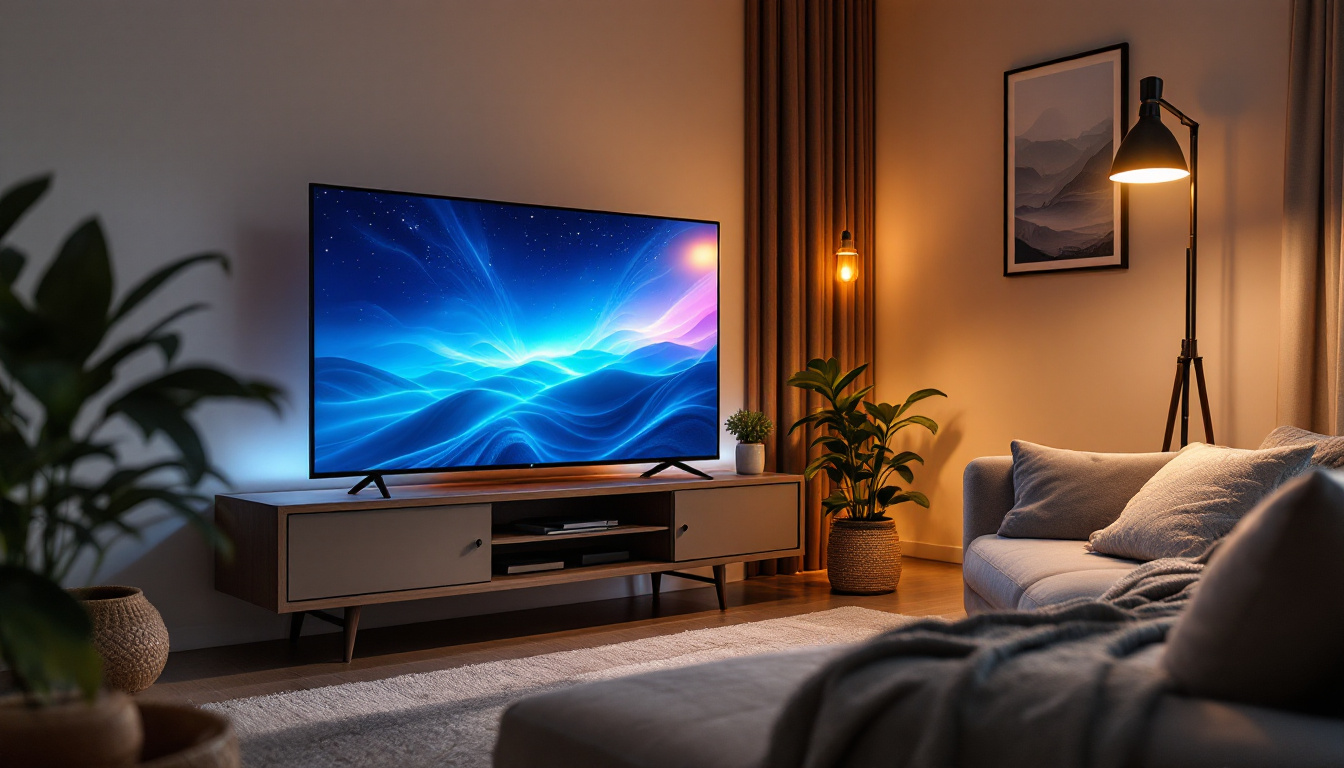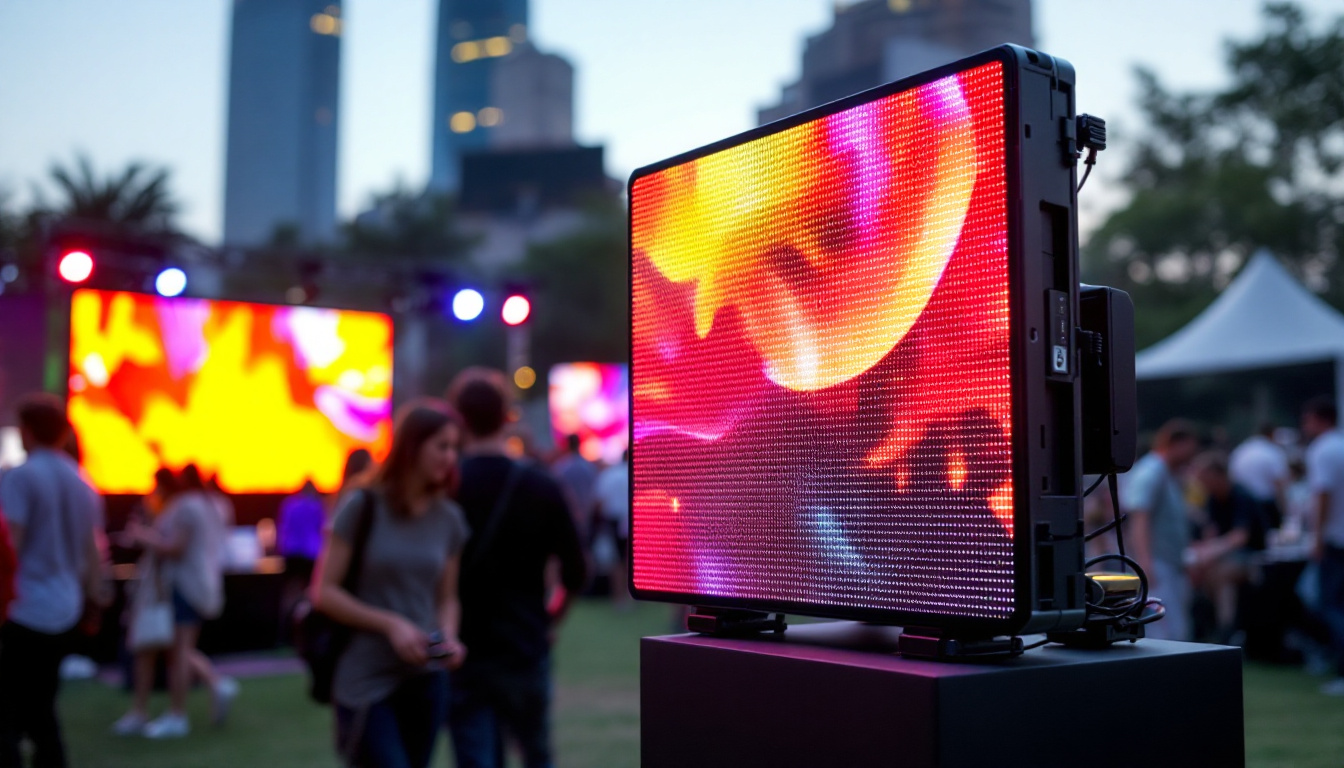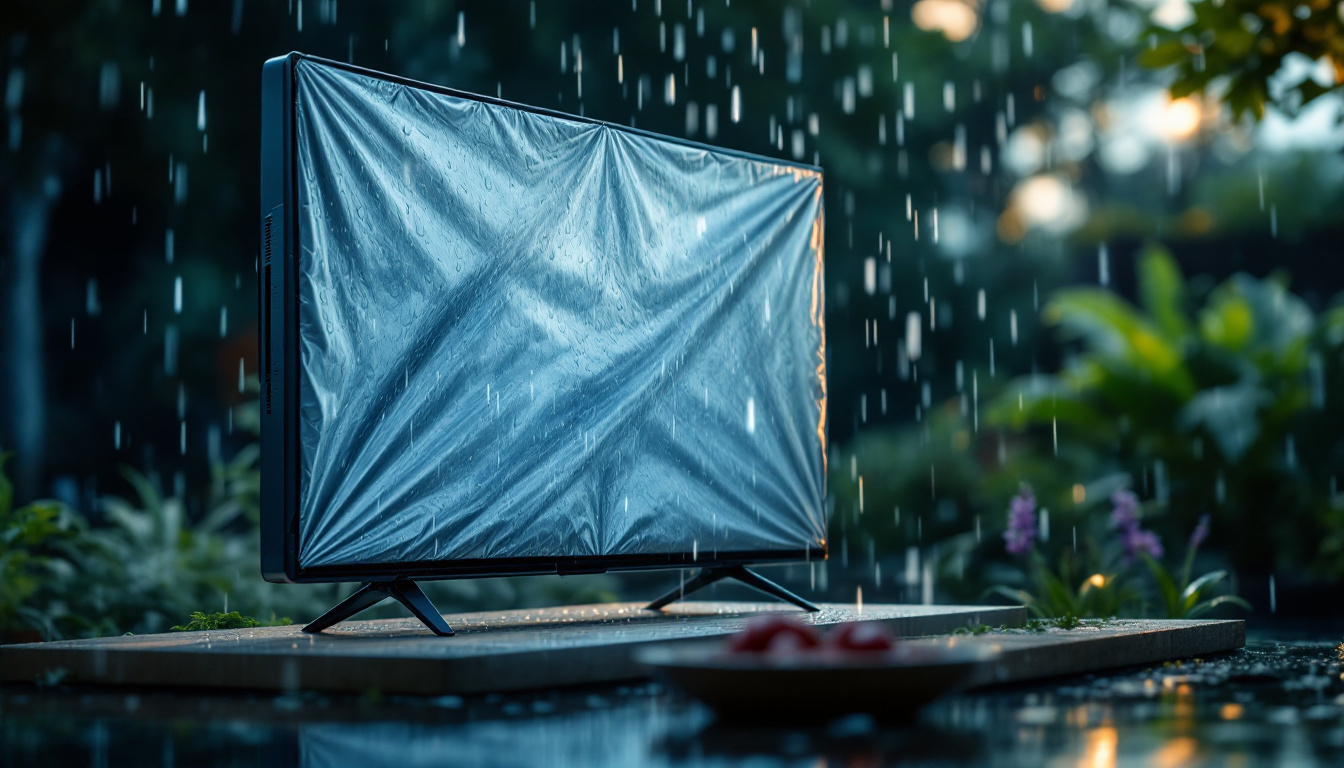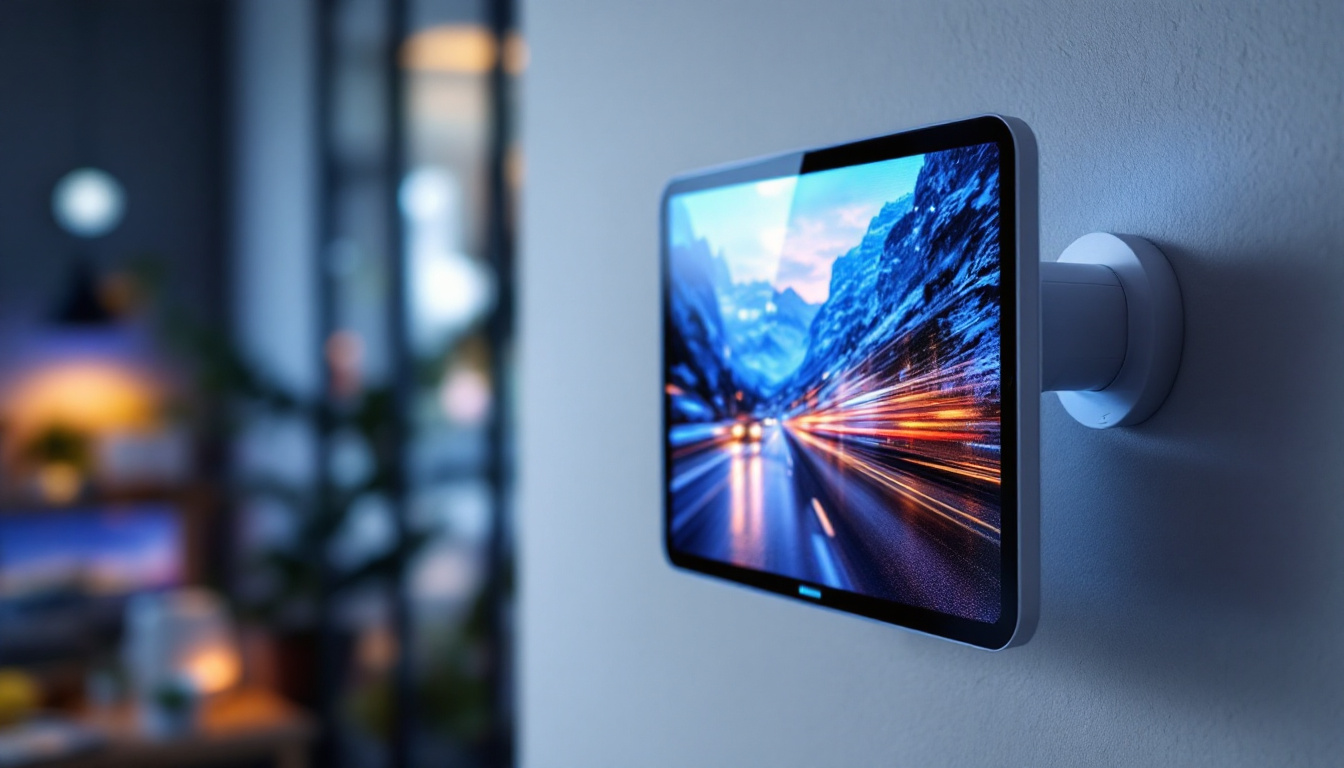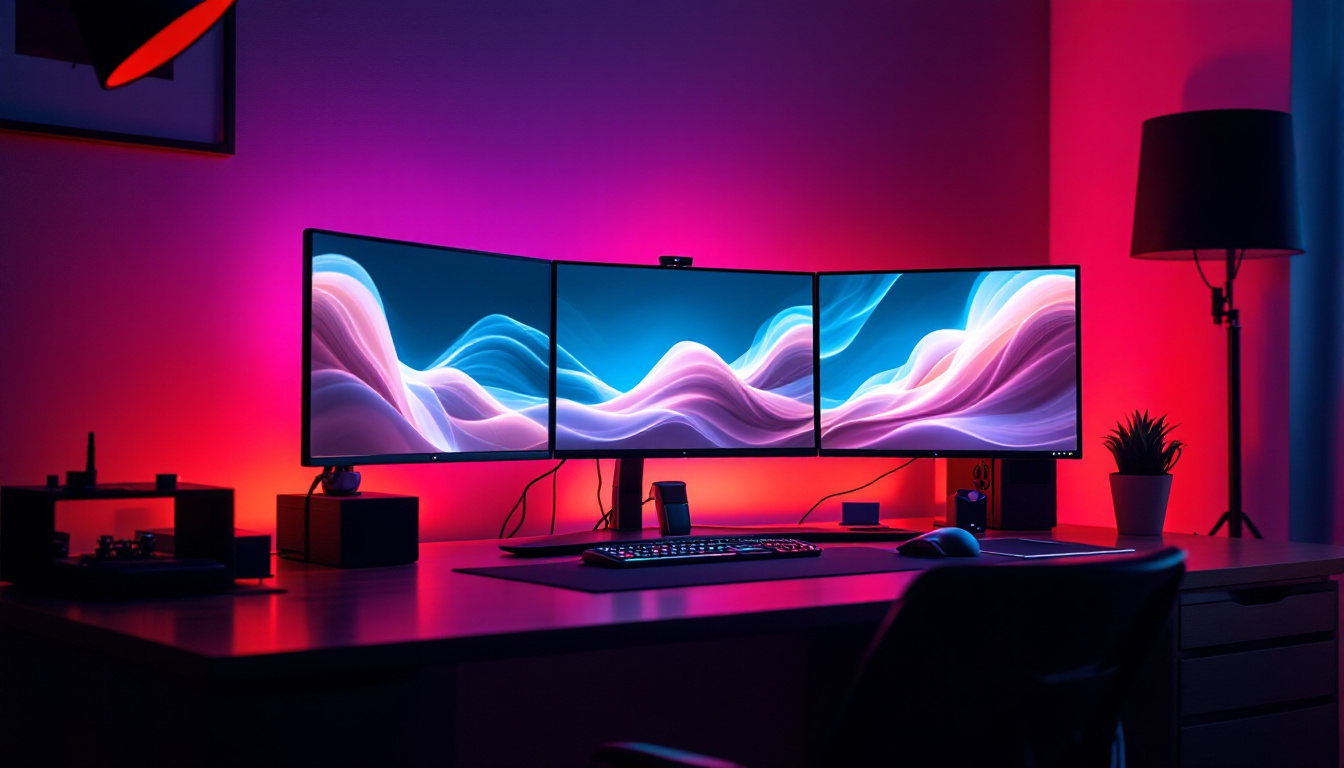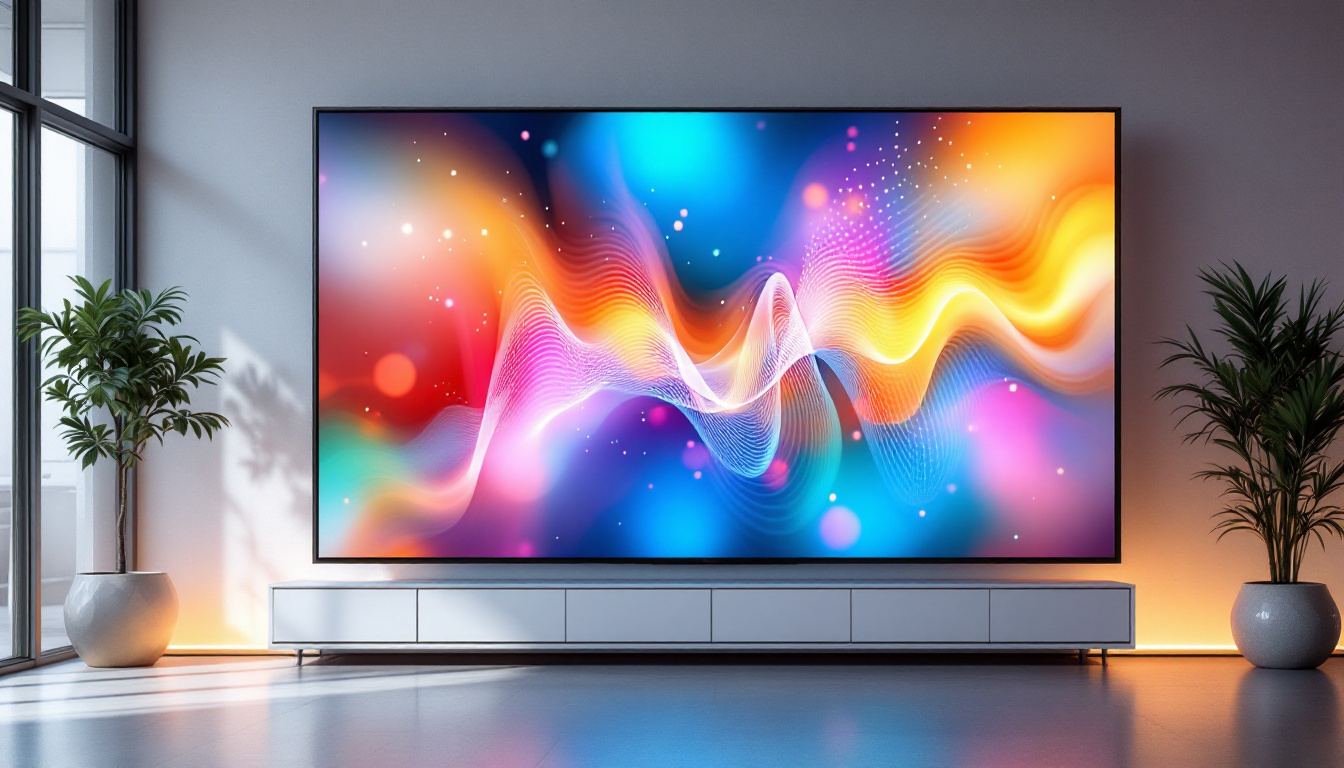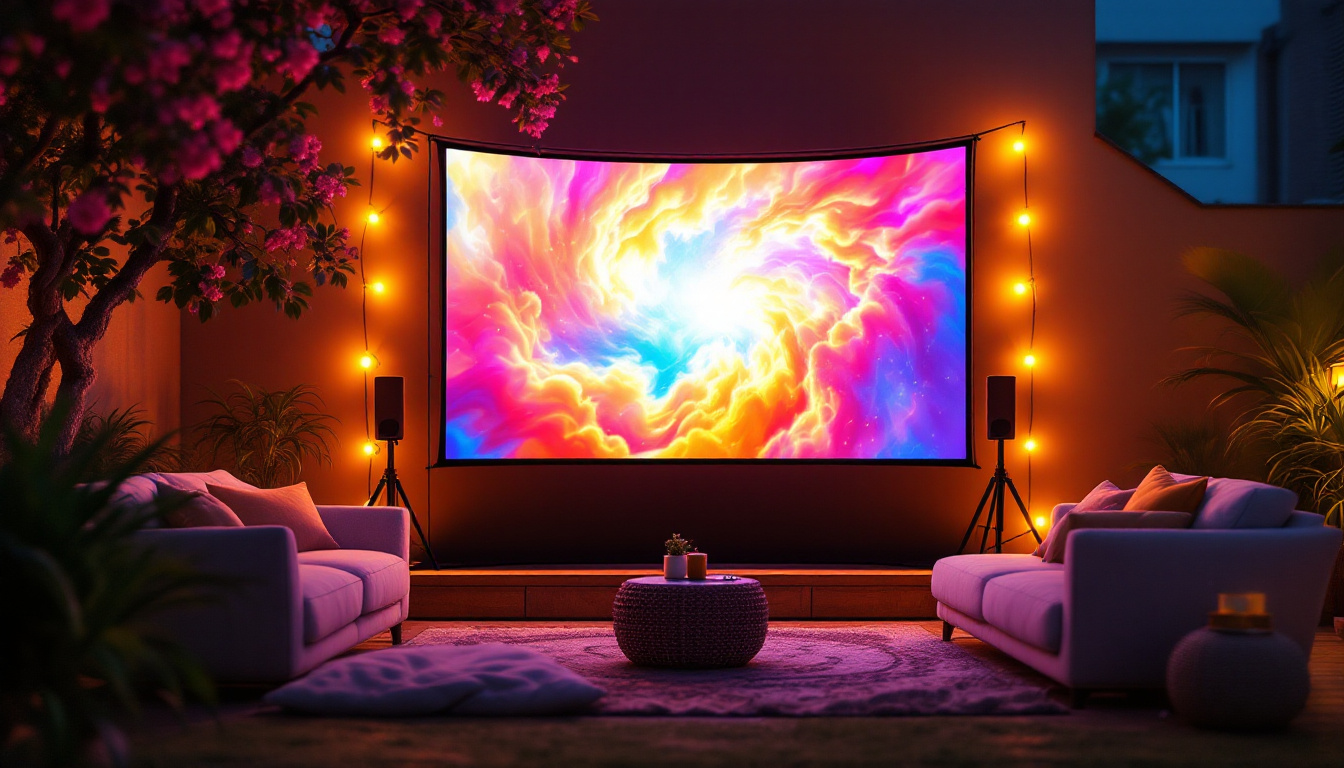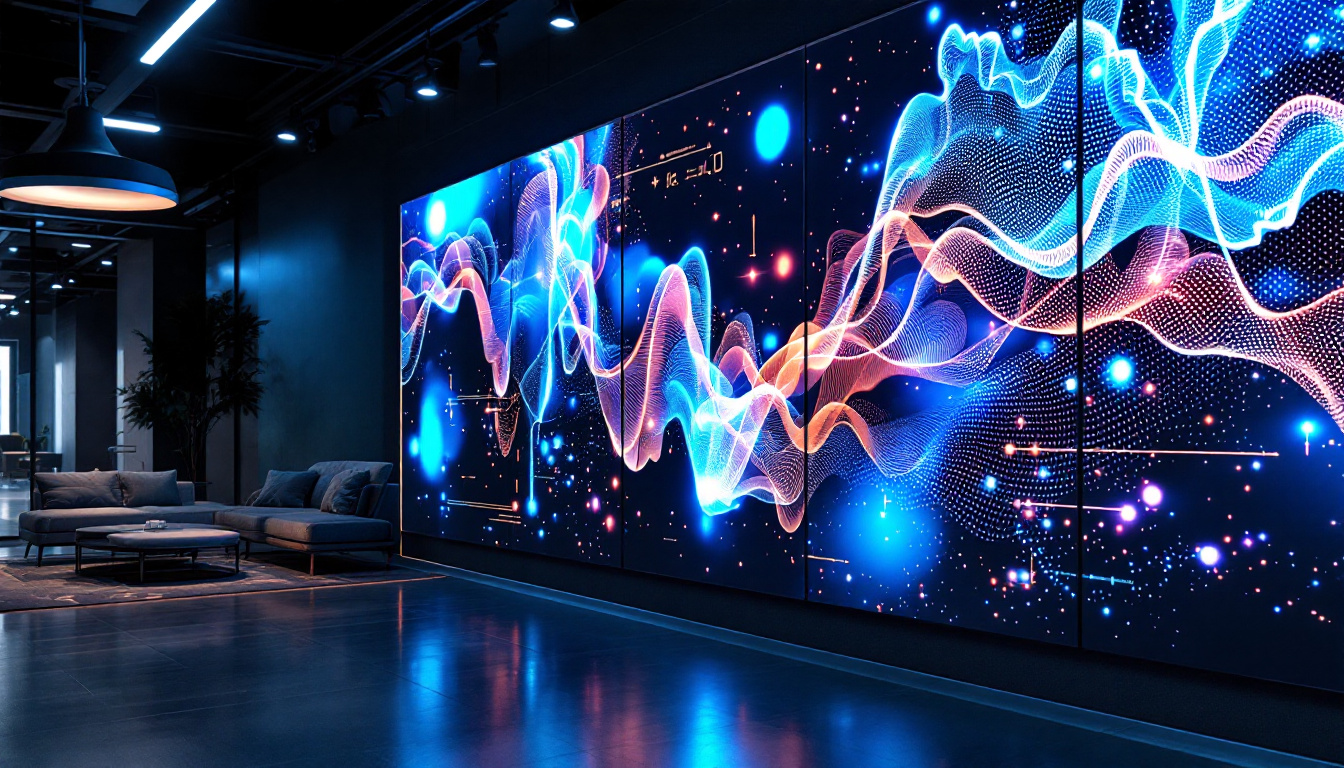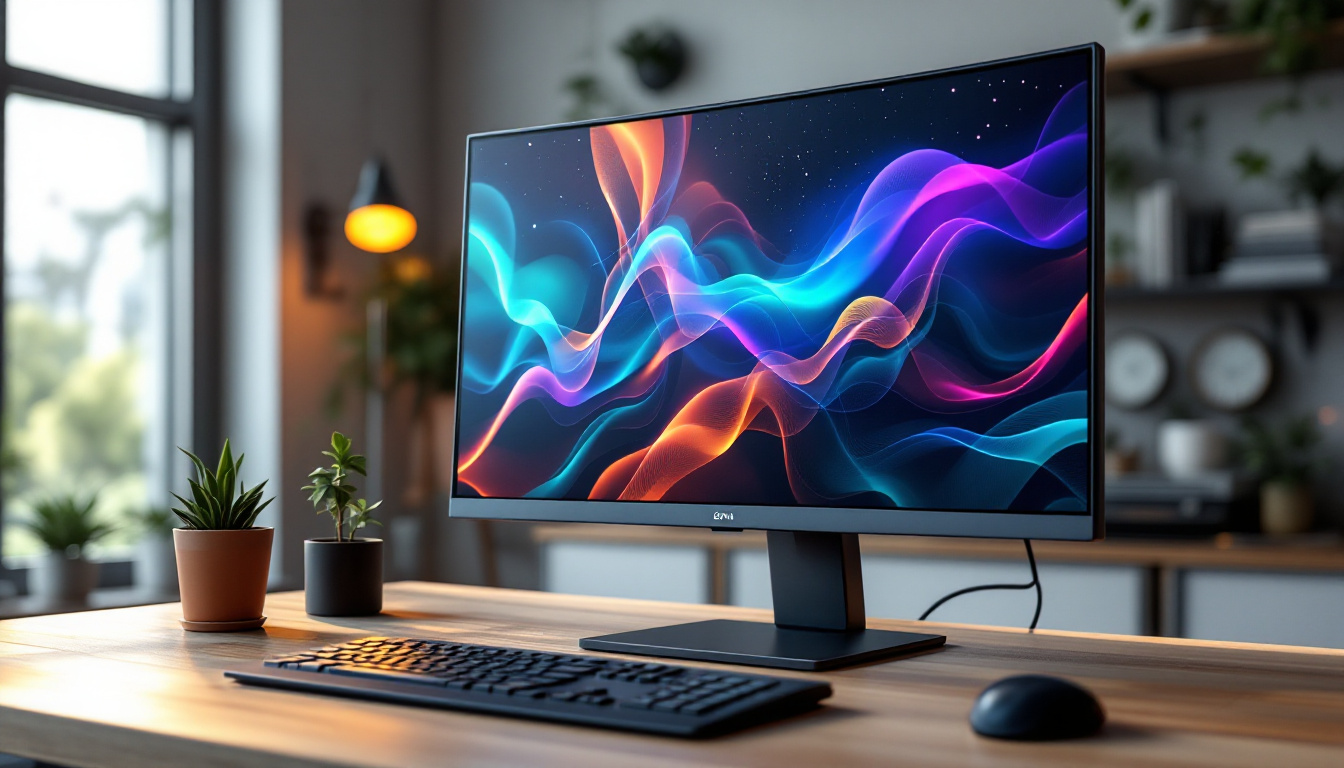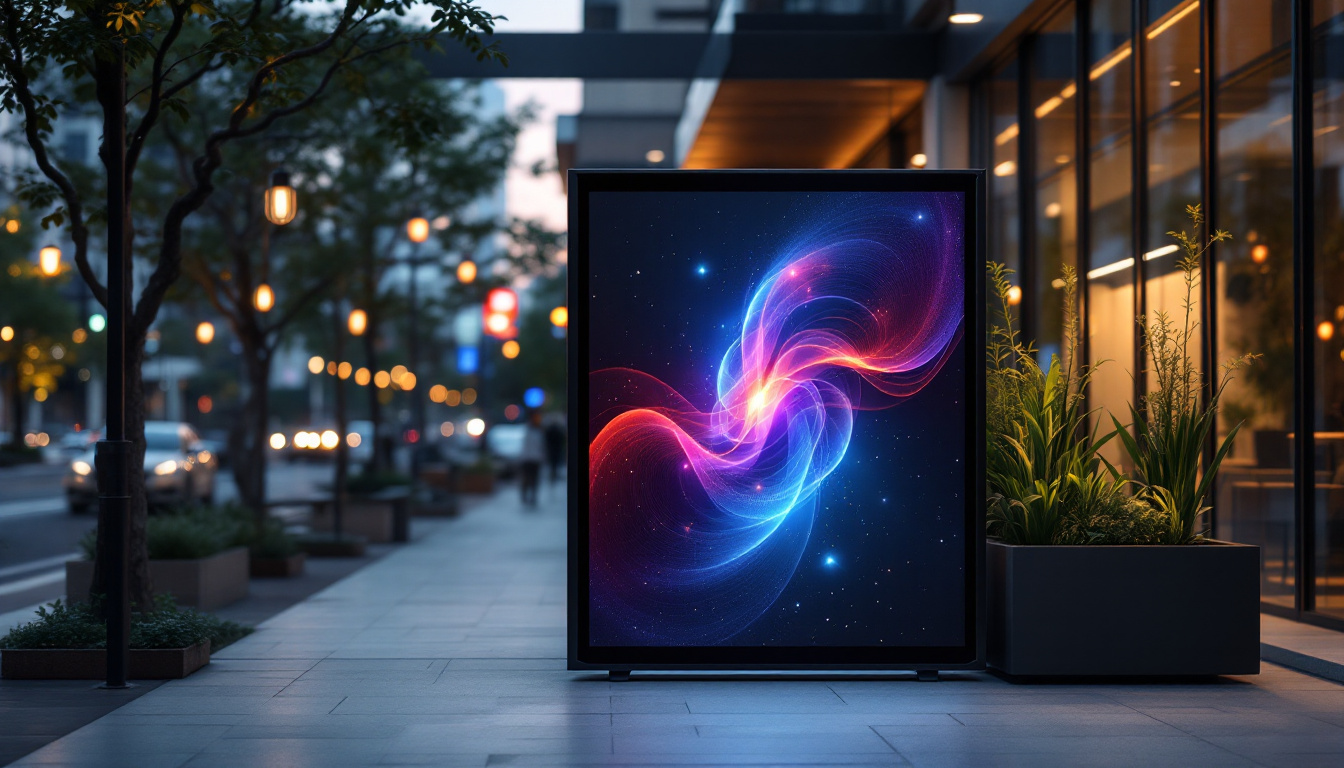How Do You Measure A Flat Screen TV For Size: LED Display Explained
Choosing the right flat screen TV can be a daunting task, especially with the variety of sizes and technologies available today. Understanding how to measure a TV for size is crucial to ensuring that it fits perfectly in your intended space while also providing an optimal viewing experience. This article will delve into the specifics of measuring LED displays, helping you make an informed decision.
Understanding TV Measurements
When it comes to flat screen TVs, size is typically measured diagonally across the screen from one corner to the opposite corner. This diagonal measurement is expressed in inches and is the industry standard for determining the size of a TV. However, this measurement alone does not provide a complete picture of how a TV will fit in your space.
Diagonal Measurement Explained
The diagonal measurement is important because it gives a quick reference for the screen size. For example, a 55-inch TV means that the distance from the bottom left corner of the screen to the top right corner is 55 inches. This measurement is often what consumers look for when shopping, but it’s essential to consider other dimensions as well.
While the diagonal size is the most recognized, it’s crucial to note that the actual width and height of the TV can vary significantly between models, even if they share the same diagonal measurement. This is due to differences in bezel size and screen design. Therefore, knowing the width and height of the TV is equally important when planning your setup. Additionally, the depth of the TV can also play a role in how it will fit in your space, especially if you are mounting it on a wall or placing it on a stand. A slimmer model may provide a more modern aesthetic, while a bulkier design might offer additional features like built-in speakers or a more robust cooling system.
Aspect Ratio Considerations
Another factor to consider when measuring a TV is its aspect ratio, which is the ratio of the width to the height of the screen. Most modern flat screen TVs have an aspect ratio of 16:9, which means that for every 16 units of width, there are 9 units of height. Understanding this ratio can help you visualize how the TV will fit in your space.
For example, a 55-inch TV with a 16:9 aspect ratio will have a width of approximately 48 inches and a height of about 27 inches. Knowing these dimensions can assist in determining whether the TV will fit on a shelf or within a designated entertainment center. It’s also worth noting that different content formats may affect your viewing experience; for instance, older films with a 4:3 aspect ratio may display with black bars on the sides of a 16:9 screen. This can impact how you perceive the size of the TV in relation to the content being viewed, making it an essential consideration for avid movie watchers or gamers who prefer a specific format. Understanding these nuances can help you make a more informed decision when selecting a TV that not only fits your space but also enhances your viewing experience.
Measuring Your Space
Before purchasing a new flat screen TV, it’s essential to measure the space where it will be placed. This ensures that the TV not only fits but also provides an enjoyable viewing experience. Here are some key considerations when measuring your space.
Determine Viewing Distance
The distance between the TV and the seating area is a critical factor in selecting the right size. A general guideline is that the ideal viewing distance is about 1.5 to 2.5 times the diagonal size of the TV. For instance, if you have a 55-inch TV, the optimal viewing distance would range from approximately 6.5 feet to 11.5 feet.
Understanding this distance can help you choose a size that enhances your viewing experience. If the TV is too small, viewers may struggle to see details; if it’s too large, it may overwhelm the space and lead to discomfort during extended viewing sessions. Additionally, consider the resolution of the TV; for 4K models, you can sit closer without losing picture quality, allowing for a more immersive experience.
Assessing Available Space
In addition to considering viewing distance, it’s important to measure the physical space where the TV will be located. This includes checking the width, height, and depth of the area, as well as any furniture that may obstruct the view. Be sure to account for any additional space needed for cables, sound systems, or other devices.
When measuring, it’s advisable to use a tape measure for accuracy. Take multiple measurements to ensure that your calculations are correct, and consider using painter’s tape to outline the dimensions of the TV on the wall or furniture to visualize how it will fit in the space. Furthermore, think about the layout of your room. If your seating is arranged in a way that requires turning your head frequently to watch the screen, it might be worth considering a larger TV or a different arrangement altogether to enhance comfort and accessibility.
Another aspect to consider is the height at which the TV will be mounted or placed. Ideally, the center of the screen should be at eye level when you are seated. This not only promotes better viewing angles but also helps reduce neck strain during long viewing sessions. If you’re mounting the TV on a wall, take into account the height of your furniture and the distance from the floor to ensure it is positioned perfectly for your viewing pleasure.
Choosing the Right TV Size
Once you have measured your space and determined the optimal viewing distance, the next step is to choose the right TV size. This decision can be influenced by various factors, including personal preference, room layout, and intended use.
Personal Preference
Some individuals prefer a larger screen for an immersive experience, especially for watching movies or playing video games. Others may opt for a smaller size to maintain a more subtle presence in the room. Ultimately, personal preference plays a significant role in determining the right size for your needs.
It can be helpful to visit a store to see different sizes in person. This allows you to gauge how a particular size feels in a real-world setting, helping to inform your decision.
Room Layout and Design
The layout and design of the room can also influence the choice of TV size. In smaller rooms, a large TV may dominate the space and create an unbalanced feel. Conversely, in larger rooms, a small TV may appear insignificant and fail to provide an engaging viewing experience. Consider the overall aesthetics of the room and how the TV will fit into the existing design.
Understanding LED Display Technology
LED (Light Emitting Diode) displays have become the standard for modern televisions, offering vibrant colors, sharp images, and energy efficiency. Understanding how LED technology works can help consumers make informed choices when selecting a TV.
What is LED Technology?
LED TVs use a liquid crystal display (LCD) panel that is backlit by LEDs. This technology allows for thinner screens and improved picture quality compared to older technologies like CRT (Cathode Ray Tube) TVs. The use of LEDs provides better brightness, contrast, and color accuracy, making them a popular choice for consumers.
Additionally, LED TVs can be further categorized into two types: edge-lit and full-array. Edge-lit LED TVs have LEDs positioned around the edges of the screen, while full-array LED TVs have a grid of LEDs behind the entire screen, allowing for more precise control over brightness and contrast.
Benefits of LED Displays
One of the primary advantages of LED displays is their energy efficiency. Compared to traditional plasma TVs, LED TVs consume less power, making them a more environmentally friendly option. Furthermore, LED technology allows for brighter images, which can enhance the viewing experience, especially in well-lit rooms.
LED TVs also tend to have a longer lifespan than other types of displays, making them a worthwhile investment. With advancements in technology, many LED TVs now come equipped with smart features, allowing users to stream content directly from the internet and access various applications.
Final Considerations Before Purchase
Before making a final decision on a flat screen TV, there are several additional factors to consider that can impact your overall satisfaction with the purchase.
Budget Constraints
Establishing a budget is essential when shopping for a new TV. Prices can vary significantly based on size, brand, and features. It’s important to balance your desired features with what you can afford. Keep an eye out for sales or discounts, especially during major shopping events, as this can help stretch your budget further.
Additionally, consider the total cost of ownership, which includes not just the price of the TV, but also any necessary accessories, such as wall mounts, sound systems, or cables. This holistic view of costs can help prevent unexpected expenses.
Future-Proofing Your Purchase
Technology is constantly evolving, and it’s wise to consider future-proofing your purchase. Look for features that may become standard in the coming years, such as 4K resolution, HDR (High Dynamic Range), and smart capabilities. Investing in a TV with these features can extend its lifespan and ensure that it remains relevant as new technologies emerge.
Conclusion
Measuring a flat screen TV for size is a critical step in ensuring that you select the right model for your space and viewing preferences. By understanding the diagonal measurement, aspect ratio, and the importance of viewing distance, consumers can make informed decisions. Additionally, considering factors such as room layout, personal preference, and the benefits of LED technology can further enhance the purchasing experience.
Ultimately, taking the time to measure your space and understand your needs will lead to a more satisfying viewing experience. With the right size and technology, a flat screen TV can transform any room into an entertainment hub.
Discover the Perfect LED Display with LumenMatrix
Now that you’re equipped with the knowledge to measure and select the ideal flat screen TV for your space, take the next step with LumenMatrix. As a pioneer in LED display technology, LumenMatrix offers a vast array of innovative solutions that will not only fit your measured space but also elevate your viewing experience to new heights. From the comfort of your home to the excitement of outdoor events, our Indoor and Outdoor LED Wall Displays, along with specialized options like Vehicle, Sports, and Floor LED Displays, are designed to captivate and engage. Don’t just watch—immerse yourself in unparalleled visual experiences. Check out LumenMatrix LED Display Solutions today and transform your entertainment space into a dynamic visual showcase.

